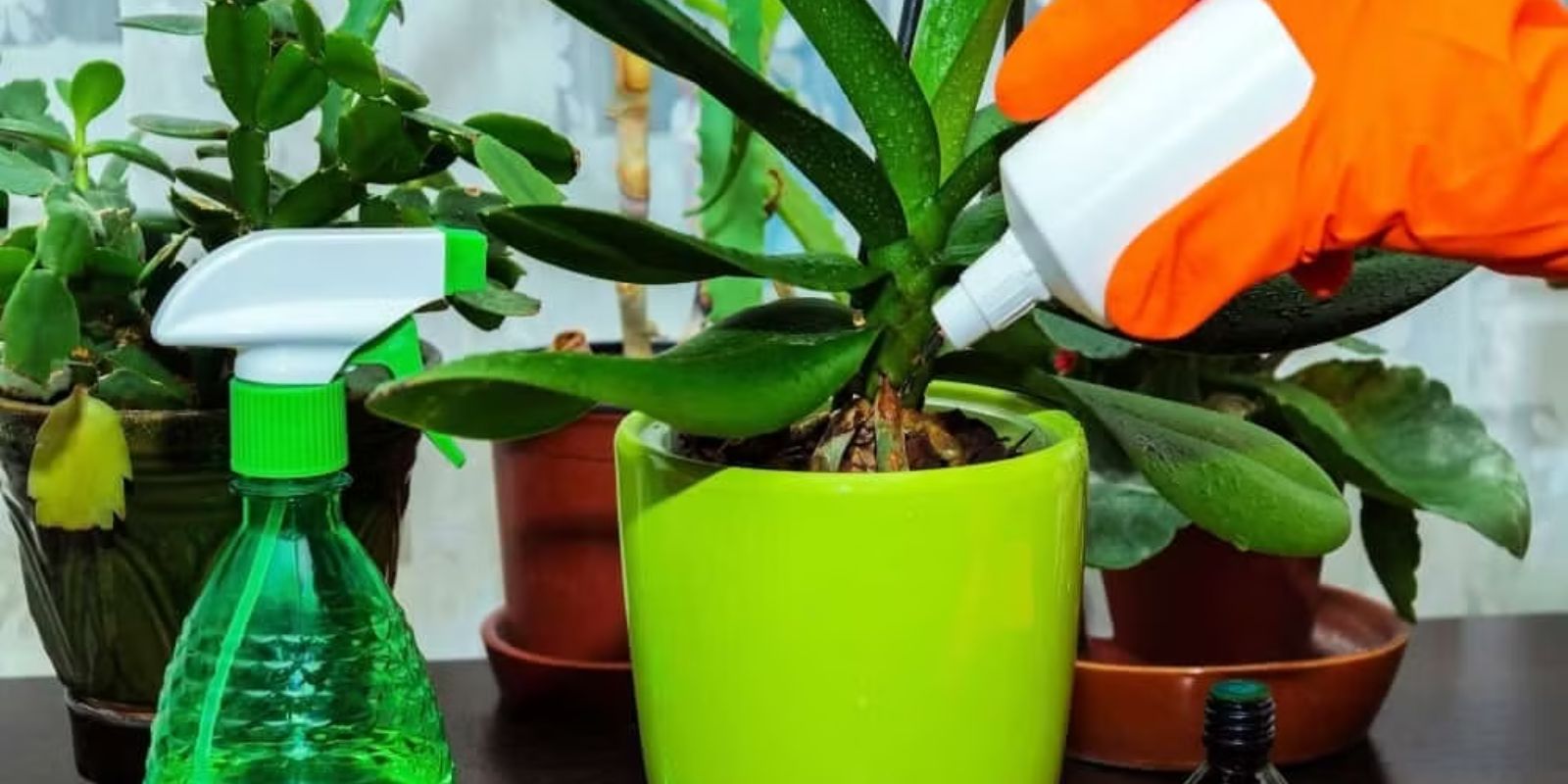Orchids are enchanting plants known for their exotic blooms and elegance, but caring for them in winter requires a thoughtful approach. These tropical plants are sensitive to changes in temperature, light, and humidity—factors that shift significantly during the colder months. To help you ensure your orchids not only survive but also thrive in winter, this article provides an in-depth guide on watering, light exposure, temperature management, and more.
Understanding Orchid Needs in Winter
In their natural habitat, orchids grow in warm and humid climates. Winter presents a stark contrast, especially for indoor gardeners in temperate regions. Orchids enter a phase of slower growth during this time, which requires adjustments in care routines. Neglecting their seasonal needs can lead to withering leaves, stunted growth, and a lack of blooming.
Step 1: Adjust Your Watering Routine
Orchids are particularly susceptible to overwatering during winter. Their growth slows down, and the evaporation rate decreases due to lower temperatures.
- Reduce Frequency: Water every 10–14 days instead of weekly.
- Inspect the Roots: Check the roots for moisture before watering. Healthy roots are green when moist and silvery when dry.
- Use Lukewarm Water: Cold water can shock the roots. Allow tap water to reach room temperature before using it.
Pro Tip: Ensure the pot has proper drainage to prevent water from pooling, which can lead to root rot.
Step 2: Boost Humidity Levels
Orchids love humidity, but indoor heating can dry out the air, making it difficult for these plants to thrive.
- Create a Humidity Tray: Place pebbles in a shallow tray, fill it with water, and set the orchid pot on top (without submerging the roots).
- Group Plants Together: Grouping orchids or other houseplants can help create a microclimate with higher humidity.
- Avoid Direct Misting: While misting might seem like a good idea, droplets can settle on leaves and flowers, increasing the risk of fungal diseases.
Step 3: Optimize Lighting Conditions
Winter days are shorter and often cloudier, which means less light for your orchid.
- Choose a Bright Spot: Place your orchid near a south- or east-facing window for maximum indirect light.
- Supplement with Grow Lights: If natural light is insufficient, use a full-spectrum grow light for 10–12 hours a day.
- Avoid Direct Sunlight: Winter sun can still scorch the delicate leaves of orchids, so ensure light is diffused.
Step 4: Maintain Ideal Temperature
Temperature fluctuations during winter can stress your orchid.
- Keep It Warm: Maintain a consistent temperature between 60–75°F (15–24°C).
- Avoid Drafts and Heat Sources: Keep the orchid away from drafty windows, doors, and heat sources like radiators or heaters.
- Use Curtains: At night, draw curtains or blinds to insulate the plant from cold drafts.
Pro Tip: Orchids prefer a slight temperature drop at night, which mimics their natural environment and encourages blooming.
Step 5: Fertilize Sparingly
During winter, orchids’ growth slows, so they require less feeding.
- Use a Balanced Fertilizer: Opt for an orchid-specific fertilizer with a balanced N-P-K ratio.
- Dilute the Solution: Apply at half the recommended strength every 4–6 weeks.
- Pause Fertilization If Dormant: If your orchid is dormant (no new leaf or root growth), skip feeding until spring.
Step 6: Prune and Inspect Regularly
Winter is a good time to inspect your orchid for signs of pests, diseases, or dead plant material.
- Remove Spent Blooms: Use sterilized scissors to cut the flower spike just above a node if blooms have withered.
- Check for Pests: Look for signs of scale, mealybugs, or spider mites. Treat infestations promptly with insecticidal soap or neem oil.
- Inspect Roots: Trim any mushy, darkened roots and repot if necessary.
Step 7: Repot Only If Essential
While winter isn’t the ideal time for repotting, sometimes it’s unavoidable.
- Signs It’s Necessary: Overcrowded roots, decomposed potting medium, or pest infestations.
- Use Fresh Medium: Choose an orchid mix with bark, sphagnum moss, and perlite to ensure proper aeration.
- Avoid Disturbing Dormancy: Handle with care to minimize stress on the plant.
Common Mistakes to Avoid in Winter Orchid Care
- Overwatering: This is the leading cause of orchid decline. Always check root moisture levels before watering.
- Exposure to Drafts: Cold drafts can shock the plant, causing leaves to drop.
- Excess Fertilizer: Too much feeding can burn the roots and hinder growth.
- Ignoring Humidity: Orchids can suffer from dry air caused by indoor heating systems.
Benefits of Winter Orchid Care
Proper care during winter ensures:
- Healthy roots and leaves.
- Increased chances of blooming in the spring.
- Longer lifespan for your orchid.
The Joy of Thriving Orchids
With these steps, your orchid can remain healthy and ready to bloom when the growing season returns. Winter doesn’t have to be a time of struggle for your plant—it can be a time of preparation for future beauty.
Share Your Orchid Journey!
🌸 Have you tried these tips? Tell us about your experience in the comments below or share a photo of your orchid thriving this winter!
#OrchidCare #WinterGardening #HousePlantTips #OrchidLovers #BloomBeautifully #IndoorPlants #PlantParentLife

